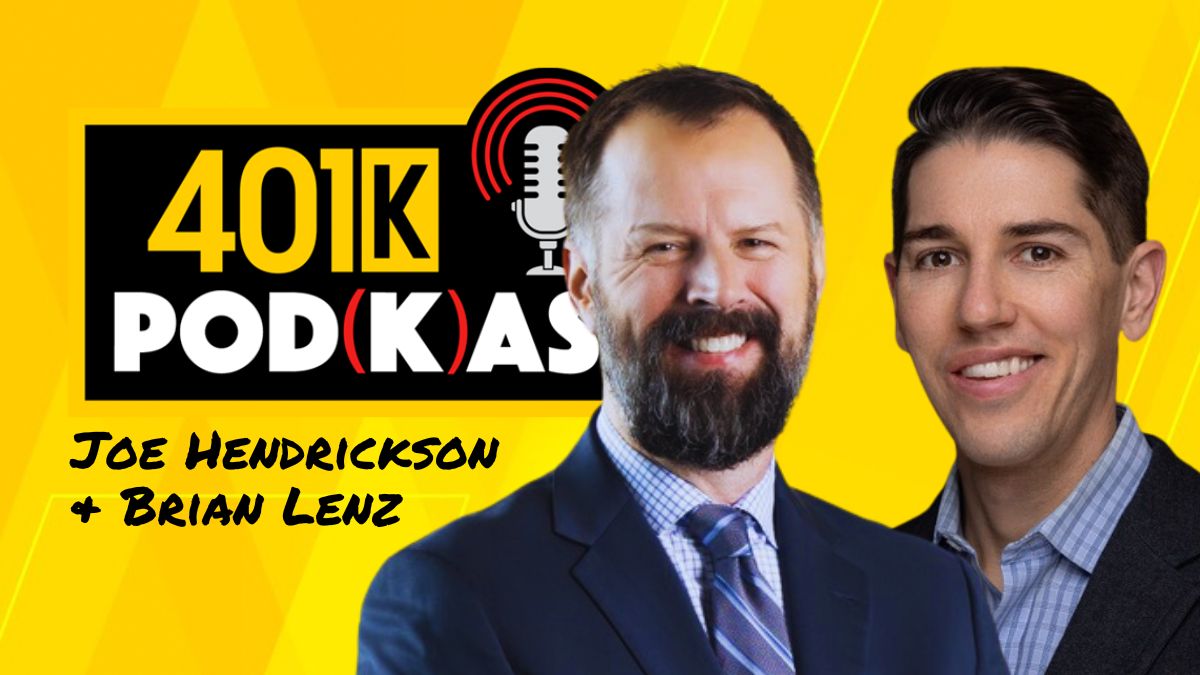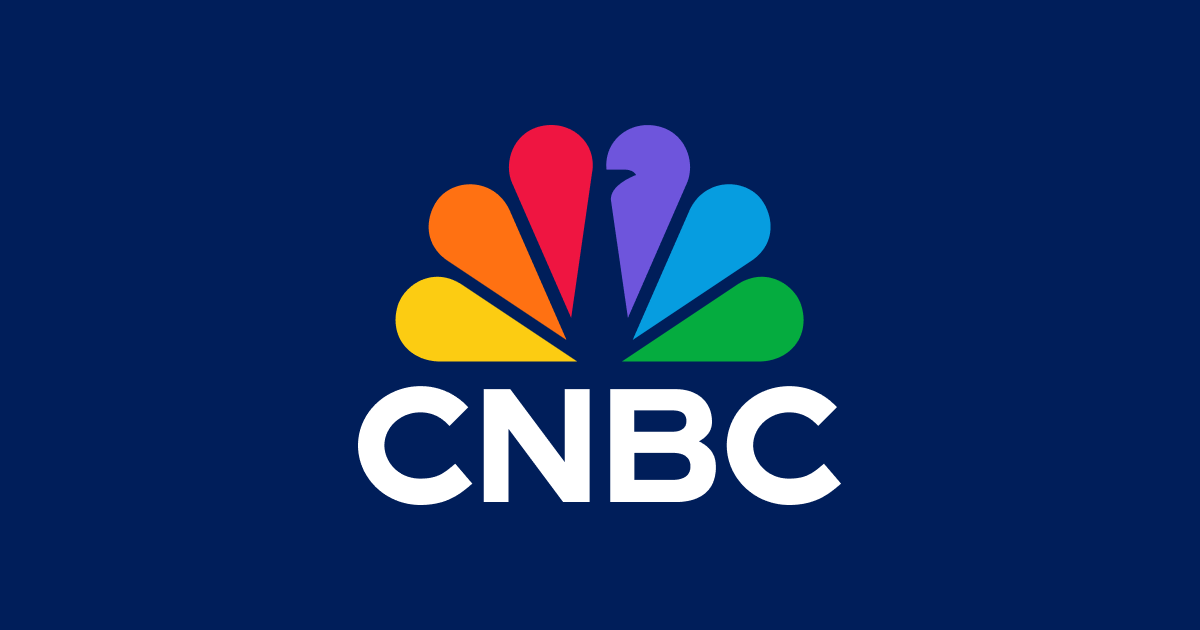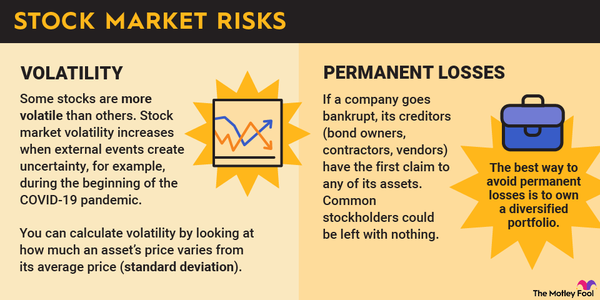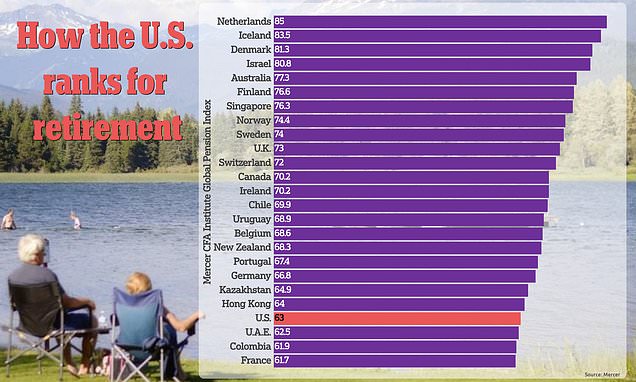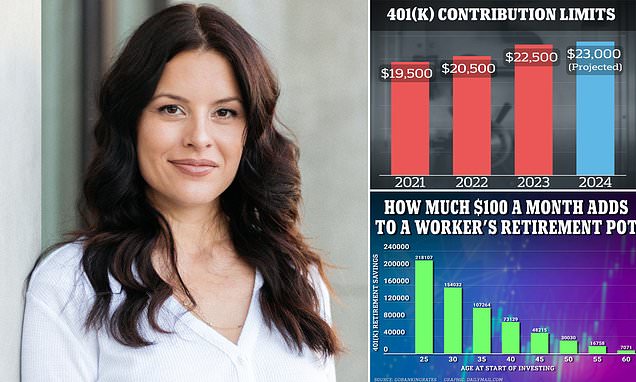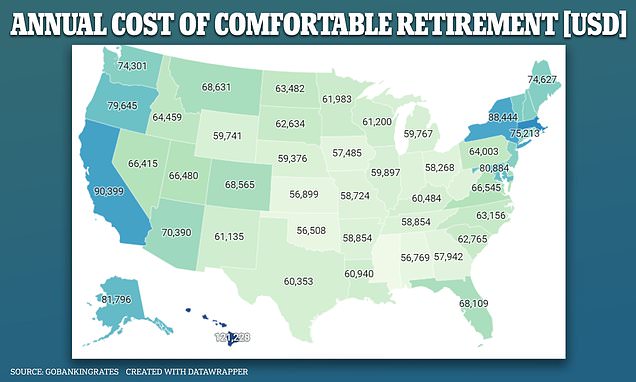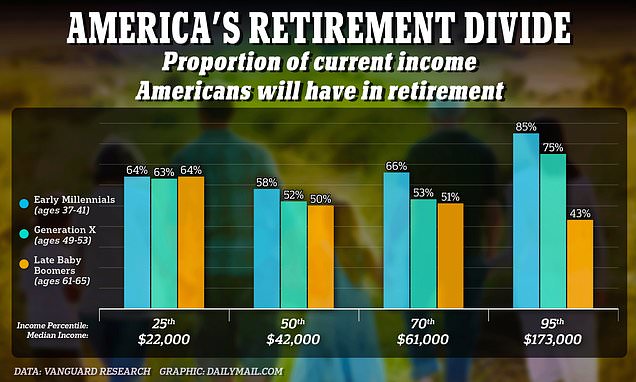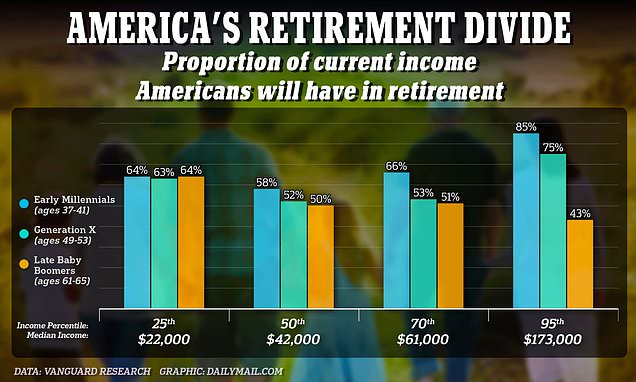Can You Pay a Mortgage with a Credit Card?
You can do it, but it’s not as easy as it sounds
THE DECODER
If you are doing it to buy time with your payments, it’s probably a bad idea. PHOTO: iStockphoto/Buy Side from WSJ Photo Illustration.
Published Oct. 18, 2023 1:02 pm ET
By
Michelle Lambright Black
SHARE
TEXT
It seems too good to be true. Pay your mortgage—inevitably one of your biggest monthly bills—with a credit card and rack up huge rewards in return. In practice, however, this strategy is a lot harder than it looks. And while it can be lucrative in certain, rare instances, it’s also risky.
For millions of Americans a mortgage is the 800-pound gorilla in their budget. The average payment on a new mortgage is just over $2,300 per month according to LendingTree, and in some areas of the country average monthly mortgage payments exceed $3,000.
But financial companies don’t make using plastic easy. Extra fees make it difficult to pile up significant miles or cash back on mortgage payments, despite the large dollar amounts involved. (In this regard,
renters may have it easier.)
And if you’re hoping to charge your mortgage for a different reason—to buy yourself extra time with a bill you can’t pay, the strategy can be downright dangerous. Credit card interest rates are frequently two to three times those for mortgages.
“This method could potentially lead to a cycle of debt that’s really hard to break free from,” says Jeff Rose, a certified financial planner and founder of personal finance site GoodFinancialCents.com. “Eventually something is going to blow up.”
That said, paying your mortgage with a credit card can make sense in a few circumstances, such as when you’re trying to earn a credit card sign-up bonus. Still, even on these occasions, there are strict guidelines to follow and many personal finance efforts remain ambivalent. Here is how it works—and why you should be careful.
How to pay your mortgage with a credit card
In general, mortgage companies and mortgage loan servicers do not accept credit cards as a form of payment. That’s in large part because credit card companies charge merchants processing fees that mortgage companies aren’t willing to pay. All the same, there are ways to pay your mortgage payment with a credit card if you’re willing to do a little extra work.
Here are some methods you may have heard about online or elsewhere, and the potential pitfalls to paying this way.
Use Plastiq or another third party
Perhaps the most popular way to pay your mortgage with a credit card is to work with a third-party service provider. By far the best-known option is
Plastiq, a company that acts as a go-between for you and businesses that don’t traditionally accept credit card payments, like mortgage companies.
If you want to pay your mortgage via Plastiq, you begin by sending the company the equivalent of your mortgage payment. From there, Plastiq will either mail your mortgage company a check or forward your payment via an ACH transfer on your behalf.
In exchange for this service, Plastiq charges a transaction fee of 2.9%. While that might seem like a small percentage, those fees can add up. If you used the service to send a single mortgage payment of $2,300 (in-line with the national average) you would pay around $67. Repeat that for a year and your cost would be over $800.
By comparison, the
best cash back credit cards offer around 2% cash rewards. In other words, unless you’re working to earn a big welcome bonus or have access to a higher rewards rate, you’re likely to come out behind. (Plastiq didn’t respond to an email seeking comment.)
There can be inconveniences, too. Any time you use a third party, it means an extra payment that needs to be routed through the financial services system. This inevitably adds the potential for delays. For this reason, it’s always a good idea to send your payment a couple of weeks in advance of your due date, according to LaToya Irby, a Birmingham-based credit speaker and writer. “You want to initiate the payment early enough to prevent late payment penalties,” she says.
Purchase prepaid debit cards
There’s another possible workaround that might help you pay your mortgage with a credit card—buying another form of payment. In other words, you could in theory use your credit card to purchase a
prepaid debit card and use those funds to pay your mortgage company. Here’s how this option might work.
Some (though not all) mortgage companies may accept debit card payments. If your mortgage company accepts this form of payment, you might be able to use your credit card to purchase a prepaid debit card (Visa, Mastercard, or Discover). But, of course, buying prepaid debit cards, sometimes called gift cards, will cost you. Fees are often $5 to $10 per card with a maximum card limit of $500 or $1,000. As a result, you may have to purchase multiple cards to pay a single mortgage payment (assuming your mortgage company allows you to split the payment among multiple payment methods in the first place).
In the past, you could also purchase money orders with credit cards from 7-Eleven convenience stores or Western Unions and use them to pay your mortgage (if accepted). However, at present there are no options available for consumers who wish to purchase money orders with a credit card. So if you want to buy a money order, you’ll need to pay with cash or a debit card instead.
If you plan to buy gift cards with your credit card and use them to pay your mortgage, it’s important to review your credit card issuer’s policies first. If you’re aiming to use this strategy to rack up rewards—you might be disappointed.
Both
Chase and
Capital One warn that you should check your credit card’s terms and conditions before using your account to purchase gift cards. Your rewards program might not let you earn cash back or points on gift card purchases. And in some cases, credit card issuers might treat gift card purchases as cash advances.
Request a balance transfer or cash advance
You might also pay your mortgage with a credit card by requesting a cash advance or using a
balance transfer check to deposit cash into your bank account—although most experts warn this is an especially dangerous move. (If you do decide to do this, again be sure to check your card issuer’s terms of service—since
some issuers prohibit these maneuvers.)
There are significant downsides to using a cash advance or a balance transfer to pay your mortgage. Neither payment method earns credit card rewards. You’re also paying one debt with another, and that could lead to future financial problems. Worst of all, credit card issuers typically charge fees for these types of transactions.
Balance transfer fees tend to be 3% to 5% of the amount you transfer to your account. Cash advance fees are commonly 5% as well. For a $2,300 mortgage payment, a 5% fee would equal $115.
With balance transfers, you may be able to benefit from a lower
APR on a temporary basis. But with cash advances, the APR you pay is often higher than the standard APR on your credit card account. Interest charges on cash advances may also kick in immediately with no grace period. Therefore, using a cash advance could be a very expensive way to cover your mortgage payments.
Should you pay your mortgage with a credit card?
Most people consider paying their mortgage with a credit card for one of two reasons—they want extra time to make their mortgage payments or they want to earn credit card rewards. In either scenario, paying your mortgage with a credit card involves risk.
No: You want extra time to make your mortgage payment
You might be tempted to pay your mortgage with a credit card to avoid late payments or to try to delay foreclosure proceedings. But this is a dangerous game, since you aren’t addressing your budget’s underlying problems and you are replacing a relatively low-cost form of debt with a much more expensive one.
According to the
Federal Reserve, the average credit card interest rate was more than 22% during the second quarter of 2023. By contrast, the
average mortgage interest rate at around the same time was 7.1%.
Instead of trying to juggle debts, experts recommend reaching out to the lender to discuss
hardship options may be a better approach. Depending on your situation,
you might be eligible for a temporary payment deferral, loan modification, or some other option.
If you use a credit card to temporarily avoid a late payment or foreclosure without a firm plan to pay off the debt, you are unlikely to do yourself much good. “You may simply be postponing the inevitable,” says Irby.
Potentially, yes: You want to earn credit card rewards
There is one scenario where paying a mortgage with a credit card may make sense. If you want to earn a generous
credit card welcome bonus, this strategy can pay off. Credit cards frequently lure new customers with special sign up offers, sometimes a several hundred dollars in cash, other times a big stash of airline miles.
It’s also common for card issuers to require new holders to spend heavily with their card during the first three or four months they hold the cards. A requirement of $3,000 to $4,000 is typical. For
some business cards, the requirement may be as much as $30,000.
If you want to earn a sign-up bonus, and you need to rack up a little extra spending to put you over the edge, putting your mortgage on your card can make sense. Even so, personal finance experts are cautious. Unless you are comfortable juggling payments, you could trigger fees and interest that will trump the value of any rewards, and potentially damage your credit score.
“I’m a huge fan of credit card rewards programs,” says Kevin Payne, budgeting and family travel enthusiast behind
Family Money Adventure, “but I can’t think of a scenario where I’d recommend paying your mortgage with a credit card, even for a welcome bonus. For me personally, it’s not worth the risks.”
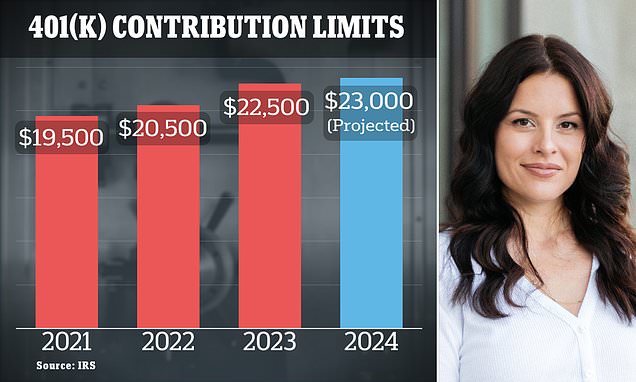

 401kspecialistmag.com
401kspecialistmag.com




